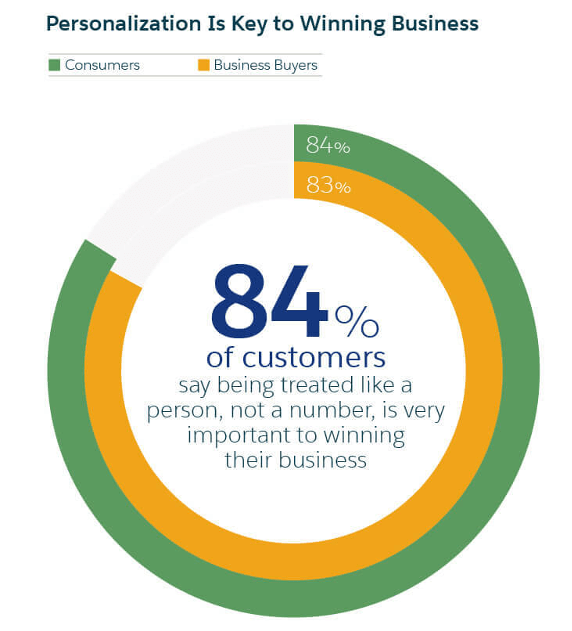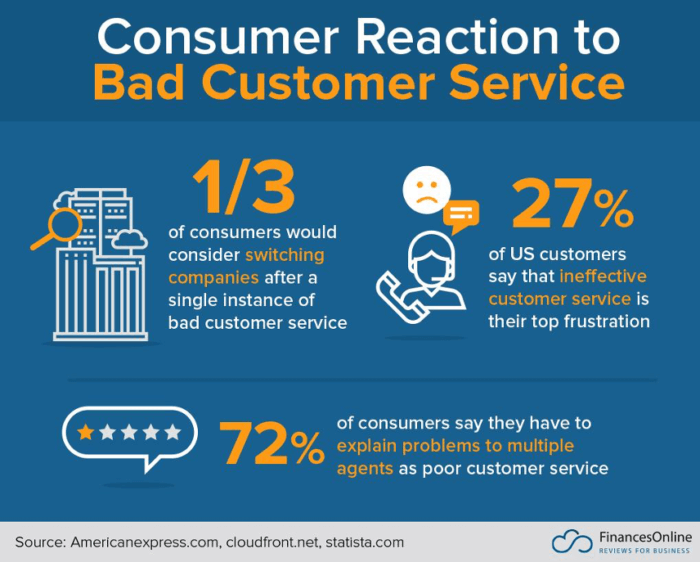Keeping track of every campaign and integrating their analytics is certainly not an easy task
Cross-channel marketing focuses on providing the customer with a consistent experience while interacting with your brand across multiple channels. It is a powerful way of designing your marketing strategy to create customer journeys involving various channels.
Implementing a cross-channel marketing strategy can be a little intimidating. You need to take care of multiple channels while designing your campaigns. Keeping track of every campaign and integrating their analytics is certainly not an easy task.
But before we dive into how you can create a successful cross-channel marketing strategy, let’s understand why it’s needed in the first place.
Why should you consider cross-channel marketing?
Cross-channel marketing improves the shopping experience of customers through personalization. It allows you to reach out to your customers across multiple channels to ensure that your brand remains in front of their eyes at all times.
Through cross-channel marketing, you can move your prospects seamlessly through the sales funnel across multiple channels. You can pick up your marketing on another channel from the exact point where it stopped on the first channel.
With the increasing number of marketing channels, having an efficient cross-channel marketing strategy in place for your marketing campaigns is a necessity. You need to ensure that your brand is in front of your audience at all times. This way, there are better chances of converting them.
Tips to create a winning cross-channel marketing strategy
Here are some tips that will help you create a winning cross-channel marketing strategy:
1. Create buyer personas
It’s essential to understand your customers before you create your marketing strategy for them. For this, you should create rich buyer personas that contain information about your customers’ preferences, behaviors, buying habits, and preferred modes of communication. If you already have a following on social media, you can use social listening to achieve this. Through it, you can find out your audience’s needs, desires, and pain points. These can be crucial for developing your buyer personas.
Invest time into creating these persons to figure out what your customers like and what they don’t. Think beyond the classic customer behavioral patterns to come up with a diverse range of buyer profiles. Remember, the better you know each of your buyers, the more accurate your strategy will be.
Observe your buyers. What do they buy? What’s their buying frequency? How are these purchases made? Where is the traffic coming from?
When you understand your buyer personas, you’ll be able to create personalized experiences that enhance all of their interactions with your brand across all channels.
One of the most effective ways to do so is by imitating the buyer’s journey. Start by exploring your website, search through different categories, place an order, and file a customer support claim. Basically, go through the entire user experience yourself, from the start to the final payment. This can help you figure out what you need to offer to your customers.
2. Use mediums that complement one another
When you’re selecting channels for cross-channel marketing, you need to be selective. Certain channels work better together than others. Try to incorporate all channels through which your audience interacts the most with your brand.
For example, you can ask your customers to check-in via your app when in your store, or include URLs in emails.
Common mediums that complement each other include:
- Retail Store/Mobile
- TV/Mobile
- Radio/Mobile
- Computer/TV
- Computer/Mobile
- Computer/Radio
3. Unify your data
The backbone of a cross-channel marketing strategy is having all your data within a customer data platform (CDP). It’s essential that you have the analytics data available to capture and analyze your leads’ touchpoints.
Typically, this involves using browsing cookies or tracking URLs to establish connections between online actions with an individual lead’s profile. Track and analyze the emails that have been sent to them, and which ones they have interacted with.
You must also know which blog posts they have read, the social media campaigns they engaged with, and conversations that your customer support team had with them. All of this data should be in your CDP.
4. Align content with a specific buyer’s journey
Each buyer’s journey is different, and each of them should be treated differently. This includes designing content specifically for individuals based on their consumer habits. As a result, your content strategy needs to be designed so that it aligns well with all buyers’ journeys.
For example, when a customer abandons their cart, you can send out an email that offers a discount to them. Similarly, for those who purchase your products, you can send them a thank you email. This way, they’ll engage with your content on a different channel and take the action you want them to.
Also, personalization can improve your sales as customers are more likely to engage with content that gives personalized recommendations. Nearly 84% of customers said that being treated as a person is crucial for winning their business.

[Image Source]
5. Leverage Social Media
Social media is one of the most crucial channels for implementing a cross-channel marketing strategy. Multiple social media platforms like Facebook, Instagram, and Pinterest allow you to take advantage of visuals to engage with your audience.
At the same time, they give you the opportunity to interact directly with consumers; something that isn’t possible in most other channels. This can help you increase your brand awareness, engagement, and even conversions.
Additionally, the visual content helps you catch the attention of your audience and increases the chances of them engaging with you. This is perhaps the reason why visual images are the most important form of content for 32% of marketers.
Heineken used social media to their advantage for the Departure Roulette campaign. They posted an interactive video online and marketed it not only through social media platforms like Instagram and Facebook but also through their website. This video was also added to a web series called “Dropped.”
Using social media, you can also divert your traffic to other channels and define your buyer personas, as mentioned above. It’s thus necessary to have a strong presence on social media to build a powerful cross-channel marketing strategy.
6. Re-target or use PPC remarketing
You can use the Facebook pixel on your website to retarget people who visit your website or some specific web pages with relevant ads on Facebook. You can also retarget customers with social media advertising, Google AdWords, or other advertising networks.
Additionally, consider retargeting your existing buyers with valuable recommendations for products and services they might need. Send subtle reminders with ads that contain personalized offers to your customers while they continue browsing the web.
By retargeting customers through different channels and methods, you will be able to generate brand awareness and tell them your brand story. Even if they do not make a purchase right after they see your ad, they might follow your Instagram handle and buy an item when you have a sale or special promotion.
7. Test with control groups
A control group is basically a group of users who do not receive your ads from your marketing campaigns. Consider using different control groups that are not targeted by any cross-channel marketing to assess your marketing campaigns’ effectiveness.
They can be used to measure the impact of engagement campaigns to determine which marketing campaign is working effectively and which needs to be optimized more.
Control groups also tell marketers if they should refrain from using any marketing campaign at all for a particular segment of consumers and simply let those consumers follow their usual path.
Once you have tested and analyzed your marketing campaigns, you can always send the same campaign to the control group after the test is over. Instead of sending a wrong marketing campaign to everyone at once, you can test the efficacy of your campaigns in small batches.
8. Invest in customer support
76% of customers said that it’s easy to switch brands to find ones that match their expectations. To ensure that you don’t lose out on customers, you need to ensure that your customer support is available at all times. You must try your best to resolve all of your customers’ problems to improve their satisfaction, else they may shift to another brand.

Image via Salesforce
In fact, if you don’t provide good customer service, then you’re setting yourself up for a disaster. About 27% of customers admit that their top frustration is ineffective customer support. In fact, many consumers switch companies after having just a single instance of bad customer service.
This is especially important for e-commerce stores who could be at the receiving end of the customer’s wrath when they don’t get good customer support. You must thus invest in your customer support and add options such as live chat and chatbots to your store. This can help you resolve customer questions instantly.
You should aim to provide exceptional service that leaves the customer feeling respected and valued. It increases customer loyalty and also generates positive word-of-mouth, which enhances your brand awareness. Make sure that your customer service related interactions transition smoothly between all channels.
9. Integrate your findings
Creating powerful cross-channel marketing campaigns is one thing, but analyzing their insights can dramatically change your marketing game. Interweave your findings from your marketing campaigns to create a seamless experience.
Ask yourself questions like:
- Does my social media strategy support my web strategy?
- Does my campaign reflect the same message throughout different channels?
- Am I targeting the right audience on each channel?
- Is X social media platform better than Y platform?
When all channels are well-integrated together, the customer experience will be better. Your customers will be confident, and they’ll know what to expect every time they engage with your brand.
Conclusion
By leveraging the data insights from your marketing campaigns, you can make constant improvements to ensure that your cross-channel marketing strategy is driving real results.
A cross-channel marketing strategy is an effective and sophisticated way to reach out to your audience. From creating brand awareness to generating leads and driving higher sales, a powerful cross-channel marketing strategy will help you do it all.
You must ensure that your content and customer service are well-aligned with each channel to provide a smooth transition to your audience. Test your strategy with control groups and polish it until it becomes perfect.
Are there other things you keep in mind while implementing a cross-channel marketing strategy or do you have any tips to add? Let me know in the comments.



